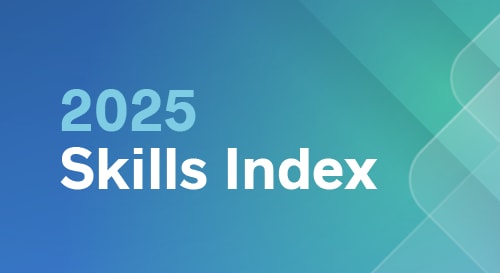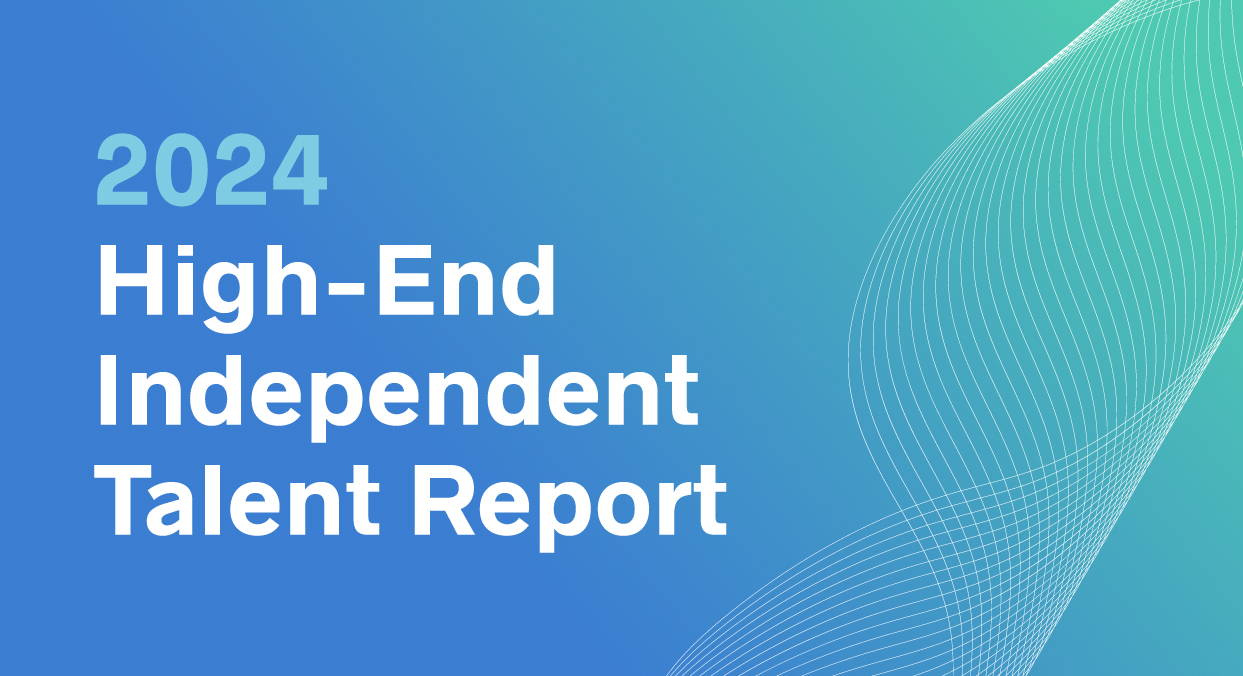
Competition for top talent is just as fierce in the independent marketplace as it is in the full-time world.
So if you’re trying to attract top freelancers, one of the most effective ways to cut through the noise is to create a concise and compelling statement of work (SOW). After all, a great job description is critical to attracting great full-time talent. The same is true for the project descriptions that appeal to the best consultants, experts, and project managers in the independent talent marketplace.
Because they are designed to describe temporary tasks rather than long-term roles and responsibilities, project descriptions often get short shrift. Ignore them at your peril, however. If you can’t explain why your initiative is interesting and important—or, worse yet, you can’t articulate what you hope to accomplish and how it fits your broader business goals—you won’t get the results you need.
Here are a few tips to help you craft effective project descriptions.
- Identify the skills you need. If you’re going through the work of bringing on independent talent, make sure you understand the skills and capabilities you need for your project. Whether it’s hard skills like experience or subject matter expertise or soft skills like consensus building or information synthesis, the project description is the place to lay it all out.
- Bake in success from the start. A well-defined scope is one of the best ways to make sure your consultants deliver the value and ROI your project desperately needs. Outline specific deliverables, milestones, and goals in the SOW to give yourself an objective way to track success and efficiency.
- Add some sizzle. Don’t forget that on-demand consultants went independent for a reason—they want to work on exciting, interesting, and important projects that fit their skills. It’s up to you to explain why your project is worthy of their time and expertise.
So how does this work in practice? Here are some examples of what to do—and what not to—when you’re writing project descriptions:
Example #1: An Ineffectual Project Description
Why it doesn’t work: Vague project descriptions are a recipe for wasted time and money. Ideally, the description for a project like this would include an overview of key operational responsibilities, the size of the team they would be overseeing, more details about the process overhaul—including deliverables and desired outcomes—and an outline of any other ongoing initiative they need to lead.
Example #2: A Compelling Project Description
Teapot Inc. is a leading kitchenware manufacturer seeking support in developing its growth strategy for Canada. We are looking for a report on the current landscape of teacup manufacturers in Canada, including potential competitors, the products they manufacture and sell, and their financial positions. We will also require a final recommendation on markets to target and an overall market entry strategy with potential options including strategic partnerships, external sourcing, or greenfield expansions.
The ideal consultant will have prior consulting experience, prior growth strategy development experience, and preferably prior experience in the manufacturing industry. They should be able to compile a comprehensive report that will be used as the basis for a future roadmap as well as present key findings to a committee of senior executives. The consultant will have the opportunity to guide the growth strategy and create a blueprint for success for a popular multinational firm as it expands into new territories.
Why it works: The project description clearly outlines the scope of the project, key deliverables, and skills the consultant needs to possess. It also explains why an independent consultant would find the opportunity interesting.
Looking for more ways to attract the best on-demand talent? Check out the eBook below, which will also help you identify how and when to use independents, how to screen for the right skills, and how to maximize the ROI of each engagement.
Get the Skills You Need
Thousands of independent consultants, subject matter experts, project managers, and interim executives are ready to help address your biggest business opportunities.
About the Author
Follow on Linkedin More Content by Alysha Khan





















